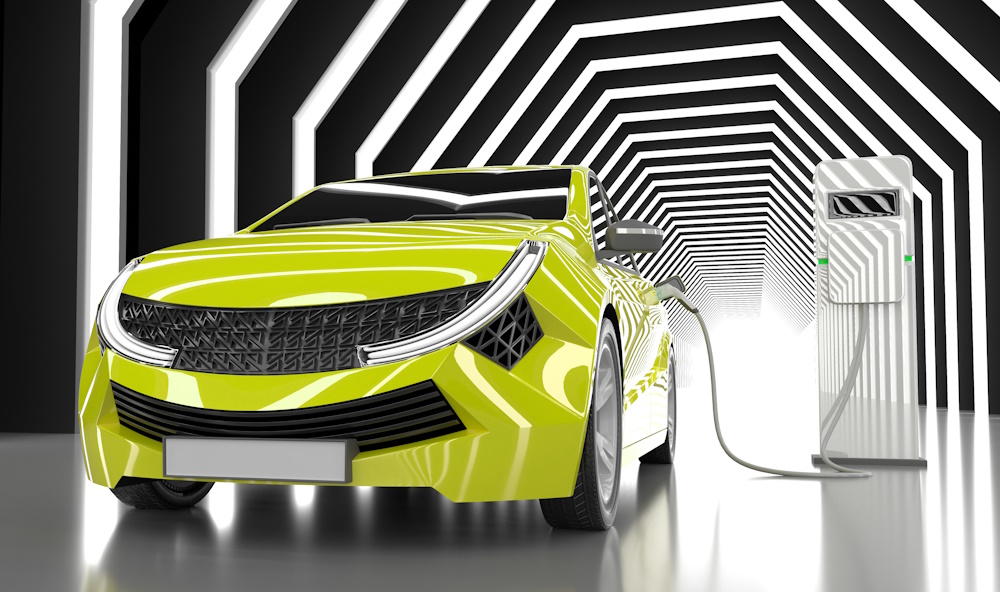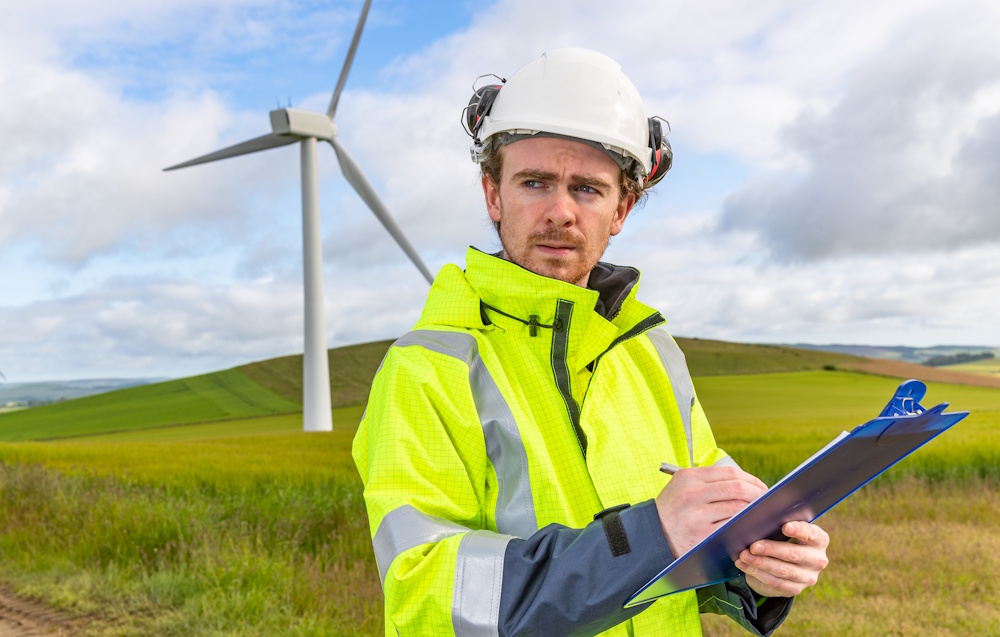Article
Beyond Mythbusting: Where Does the EV Conversation Go Next?

It’s a good thing that Adam Savage and Jamie Hyneman, the original Mythbusters, aren’t too protective over the name of their iconic show; it’s become a daily part of the communications lexicon, synonymous with countering misinformation just as ‘Hoover’ is with vacuum cleaners (or Kleenex and tissues if you’re American.)
Nowhere is this more true than in the world of cleantech communications, where mythbusting makes up a significant part of the media conversation. And aside from maybe heat pumps, electric vehicles are the sector where comms professionals need to spend the most time busting myths. No, EV’s don’t cause any more potholes than other vehicles. No, they’re not actually more polluting than ICE vehicles. No, they are actually much less likely to catch fire than other vehicles.
The myths that need busting go far beyond the vehicles themselves. The infrastructure around them, both in terms of public and private charging, digital services and maintenance, is evolving so quickly that it’s difficult to communicate the scale of progress in some areas. For example, charging infrastructure in the UK has developed rapidly, but concerns over ‘range anxiety’ remain persistent – more so than they need to be. Yes, charging infrastructure still needs to expand, particularly the further you get from London – but coverage is better than many people realise. The UK’s charging infrastructure (much like our battery storage infrastructure) might not be perfect, but it’s still an underrated national success story.
But it’s time to go beyond mythbusting – and to start talking about electric infrastructure that’s both exciting, and normalizes EVs. As the latest global data from the IEA makes clear, the global shift towards EVs is well underway. Superpowers like China and India are driving the transition, and smaller, affordable EVs are making EV ownership more common. While the idea of an electric HGV seemed far-fetched only a few years ago, it’s now a major plank of the EU’s Alternative Fuels Infrastructure Regulation (AFIR). EV infrastructure isn’t going to be new and scary for long – it’s going to be part of the fabric of our daily lives.
Automakers are playing an important role in normalising EVs (well, most of them), or at least making EV commercials that are as glossy and aspirational as they ever were. But if we look at the history of the automobile, it wasn’t just auto companies that made the personal vehicle popular. Think of the Michelin guides, originally developed to encourage people to travel more to seek out new culinary experiences, and drive further in the process. Or the iconic Shell guides, which took a new breed of car-driving metropolitan tourist on road trips around the UK.
Maybe there’s something that brands across the EV spectrum can learn from this. Maybe it’s time to stop spending so much time busting myths and talking about a future where your car is part of a smarter home, and you might find yourself selling energy to the grid at peak times. For commercial transport, it’s time to start helping logistics and ESG managers talk to each other, and outline how a switch to EVs is closer, and more feasible, than they might think.
To find out more about how your brand can lead the conversation, contact peter.jackson[at]diffusionpr.com





